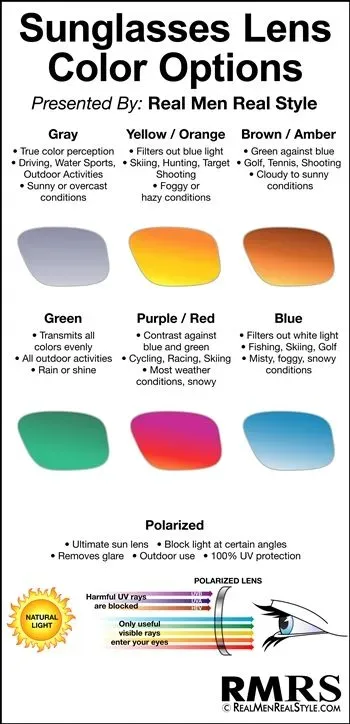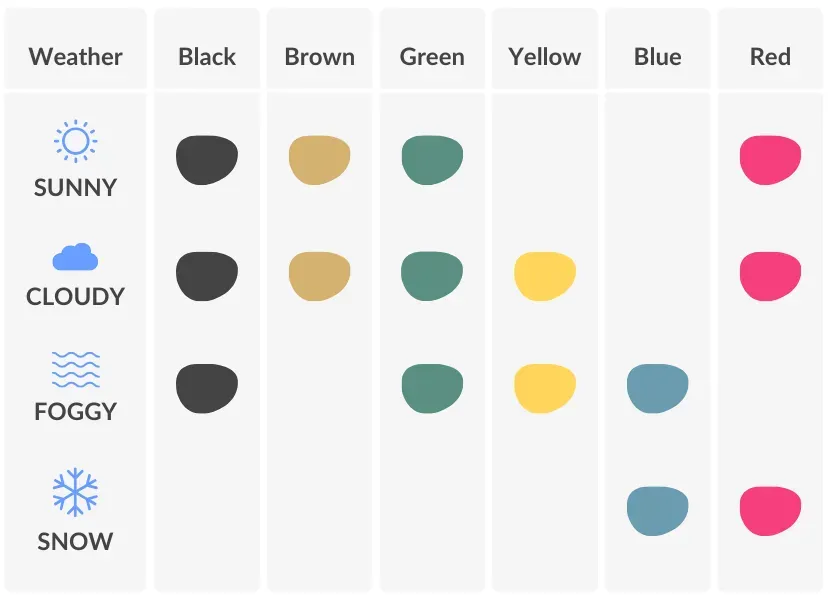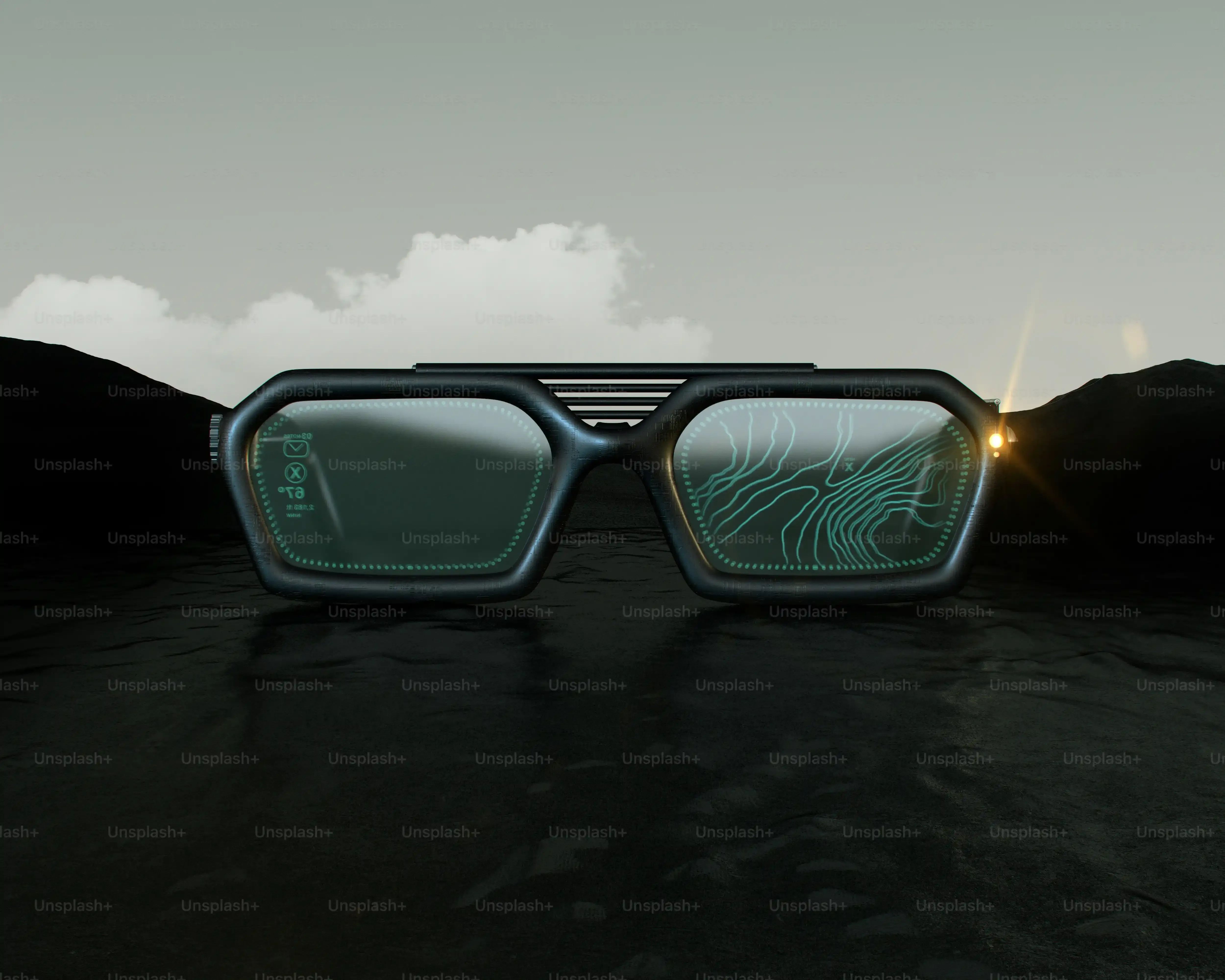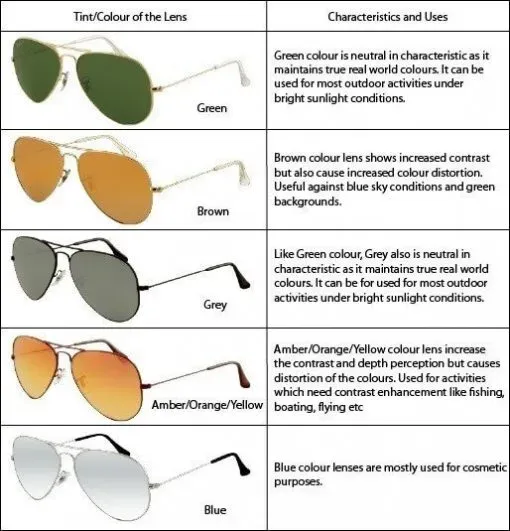Table of Contents
Sun glare hits your windshield like a flashbang, turning the road ahead into a blinding whiteout. This isn't just annoying; it's genuinely dangerous. Safe driving isn't merely about quick reflexes; it's fundamentally about clear, unobstructed vision. That's where your sunglasses come into play, but are you grabbing just any pair, or are you considering the actual *best sunglasses lens color for driving*?
Why Your Sunglasses Matter Behind the Wheel
Why Your Sunglasses Matter Behind the Wheel
let's talk straight. Driving requires your full attention, and arguably the most critical tool you have is your sight. Think about it: you're reacting to brake lights, judging distances, spotting potholes, and anticipating what the guy in the next lane is about to do. All of that relies on seeing clearly. When the sun's low on the horizon, or even just bouncing off wet pavement after a shower, that sudden blast of light doesn't just make you squint; it momentarily blinds you. That split second where you can't see is ample time for something bad to happen. Wearing the right sunglasses isn't just about looking cool or shielding your eyes from a bit of brightness; it's a non-negotiable piece of safety equipment, right up there with your seatbelt and functional brakes. They manage the light hitting your eyes, reducing strain and, most importantly, cutting out that dangerous glare that can hide obstacles or even entire vehicles.
Unpacking Lens Colors: Finding the Best Sunglasses Lens Color for Driving
Unpacking Lens Colors: Finding the Best Sunglasses Lens Color for Driving
Gray and Brown: The Reliable Workhorses
When you're trying to nail down the best sunglasses lens color for driving, most folks start with the basics: gray and brown. Think of gray as your neutral setting. It reduces overall brightness without messing with color perception. Red stays red, green stays green. This is crucial for traffic lights and brake lights. It's great for bright, sunny days because it just dims everything down evenly. Brown or amber lenses, on the other hand, filter out blue light, which increases contrast and improves depth perception. They make things look a bit warmer, almost like the world has a sepia filter. This can be fantastic on overcast days or in variable light conditions where you need that extra pop to distinguish objects on the road.
Amber, Yellow, and Rose: Boosting Contrast and Low Light Performance
Now, let's talk about the colors that really play with light. Amber and yellow lenses are contrast champions. They block even more blue light than brown, making your surroundings appear sharper and brighter, even in hazy or low-light conditions like dawn, dusk, or fog. This is why you often see skiers or cyclists opting for these tints. However, the downside for driving is they significantly alter color perception. That red brake light might look a bit off, which isn't ideal. Rose or red-tinted lenses also boost contrast and can be comfortable for long wear, but they also mess with color balance. While they might feel good on your eyes, accurately distinguishing traffic signals is non-negotiable when driving.
So, how do these stack up specifically for the road? It’s a bit of a balancing act between cutting brightness, enhancing contrast, and maintaining true color recognition. You want to see clearly, but you also need to correctly identify signals and hazards based on their standard colors. For most drivers, most of the time, a medium to dark gray or a rich brown lens hits that sweet spot. They provide significant glare reduction and brightness control without making the world look like a weirdly filtered Instagram post. You can find some excellent options with these practical tints over at sunglasshub.org.
- Gray Lenses: Best for true color perception, good for bright sun.
- Brown/Amber Lenses: Enhance contrast, good for variable or overcast light, but slightly alter colors.
- Yellow Lenses: Maximize contrast in low light/fog, but significantly distort colors (generally not recommended for driving in traffic).
- Rose Lenses: Offer good contrast and comfort, but alter color perception.
Polarized, Gradient, and More: Lens Types for Safer Driving
Polarized, Gradient, and More: Lens Types for Safer Driving
The Magic (and Caution) of Polarized Lenses
so beyond just the color, the *type* of lens makes a massive difference. Let's talk polarized. These lenses are the rockstars of glare reduction, and they do it by filtering out horizontal light waves – the kind that bounce off flat surfaces like water, snow, or, crucially, the hood of the car in front of you or a wet road. That blinding sheet of light that makes you squint? Polarized lenses kill it dead. For driving, this can be a game-changer, seriously improving visibility and reducing eye fatigue on bright days or long drives. However, there's a caveat. Some modern car dashboards, especially LCD screens and navigation systems, use polarized light. Polarized sunglasses can make these displays appear dim, distorted, or even completely black from certain angles. This is something to test before you commit to polarized lenses solely for driving.
Gradient and Other Helpful Lens Features
Then you have gradient lenses. These are darker at the top and gradually lighten towards the bottom. The idea is that the dark top blocks overhead sunlight, while the lighter bottom allows you to see your dashboard clearly. It sounds good in theory, and some drivers swear by them, but they don't offer uniform protection and the transition can sometimes be distracting. Mirrored lenses, on the other hand, have a reflective coating that bounces away even more light, making them great for extremely bright conditions. They also hide your eyes, which is a style choice. Anti-reflective coatings on the *back* surface of the lens are also incredibly useful for driving, preventing light from bouncing off the back of the lens into your eye, which can happen when the sun is behind you or from interior lights at night.
Lens Type | Driving Benefit | Potential Driving Drawback |
|---|---|---|
Polarized | Excellent glare reduction from flat surfaces | Can dim or black out dashboard displays, side mirrors (sometimes) |
Gradient | Darker top for overhead sun, lighter bottom for dashboard | Uneven tint, transition can be distracting, less effective for overall glare |
Mirrored | Reflects more light in bright conditions | Doesn't address glare specifically, can be very dark |
Anti-Reflective Coating (back) | Reduces internal reflections | No direct benefit against external glare or brightness |
Matching Lens Color to Conditions: The Best Sunglasses Lens Color for Driving in Sun, Rain, and Dusk
Matching Lens Color to Conditions: The Best Sunglasses Lens Color for Driving in Sun, Rain, and Dusk
Sunny Day Driving: Cutting Through the Glare
Alright, let's tackle the most obvious scenario: blinding sun. When the sky is a harsh, cloudless blue and the pavement is shimmering, you need lenses that significantly reduce overall brightness without making everything look dull or muddy. For these conditions, gray is often king. It dims the world evenly, maintaining natural color perception, which is vital for spotting red brake lights and green traffic signals accurately. Darker gray tints are excellent here. Brown and dark amber are also strong contenders. They boost contrast a bit, which can help define the edges of the road and other vehicles, and they still cut a lot of light. The key is finding a tint dark enough to be comfortable but not so dark you can't see clearly if you dip into shade momentarily.
Overcast and Rainy Days: Enhancing Visibility When Light is Low
Driving when the sun isn't even out presents a different challenge. It's not about reducing brightness; it's about enhancing what little light is available and cutting the specific glare that comes from wet surfaces. This is where lighter tints come into their own. Brown or amber lenses are fantastic on overcast or foggy days because they filter out blue light, which is scattered by haze, making everything appear sharper and increasing contrast. They make dingy, gray days look surprisingly vibrant. For rain, the glare comes from the wet road. If you don't have polarized lenses (which, as we discussed, have their own dashboard issues), brown or amber can still help by improving contrast, making puddles and slick patches more visible. Avoid dark gray or black lenses in these conditions; they'll just make it harder to see.
- Bright Sun: Dark Gray, Dark Brown/Amber
- Overcast/Fog: Medium Brown/Amber
- Rainy Conditions: Medium Brown/Amber (especially if not polarized)
- Low Light/Dusk: Avoid sunglasses entirely, or use very light yellow/amber *with caution* (not generally recommended for driving due to color distortion)
Dusk and Low Light: When Sunglasses Become a Hazard
Here's the critical point about driving sunglasses: there comes a time when *no* sunglasses are the best option. As the sun starts to set or the light fades, even the lightest tints can reduce your overall visibility. Your pupils need to dilate to gather as much light as possible, and sunglasses, even lightly tinted ones, prevent this. Yellow or very light amber lenses are sometimes marketed for low light or night driving to "enhance" light, but honestly, most experts advise against using any tinted lenses for night driving or at dusk when visibility is already compromised. They distort colors and don't actually increase the amount of light you can see; they just change the way it looks. If you find yourself struggling with glare from headlights at night, that's a different problem that sunglasses won't fix, and tinted lenses will likely make worse. Pull over or consider anti-glare glasses specifically designed for night, though their effectiveness is debatable compared to just ensuring your windshield is spotless and your vision is checked regularly.
Beyond Color: Fit, Style, and Where to Find Great Driving Sunglasses
Beyond Color: Fit, Style, and Where to Find Great Driving Sunglasses
so we've dissected lens colors and types, but honestly, even the perfect lens is useless if the sunglasses don't fit your face right. Think about it: you're driving, hands on the wheel, eyes on the road. You don't want glasses that are constantly slipping down your nose, pinching your temples, or so bulky they block your peripheral vision. A good fit means they stay put, feel comfortable even after hours, and allow you to see everything happening around you. Look for lightweight frames, nose pads that don't dig in, and arms that rest comfortably over your ears. Style is subjective, sure, and everyone wants to look decent, but when you're doing 70 down the highway, function absolutely trumps fashion. Prioritize comfort and a secure fit first; looking cool is a bonus.
Making the Right Choice for the Road Ahead
Selecting the best sunglasses lens color for driving isn't a trivial matter of personal taste; it's a functional choice that directly impacts your safety and the clarity of your vision on the road. While gray offers versatile light reduction and brown enhances contrast in brighter conditions, amber and rose tints can prove useful in low light or hazy conditions. The key takeaway is that no single color is a magic bullet for every scenario. Understanding how each tint performs under specific lighting conditions allows you to make an informed decision, reducing glare, improving visibility, and ultimately, making your time behind the wheel significantly safer. Prioritize function over fleeting fashion when it comes to your driving eyewear.
